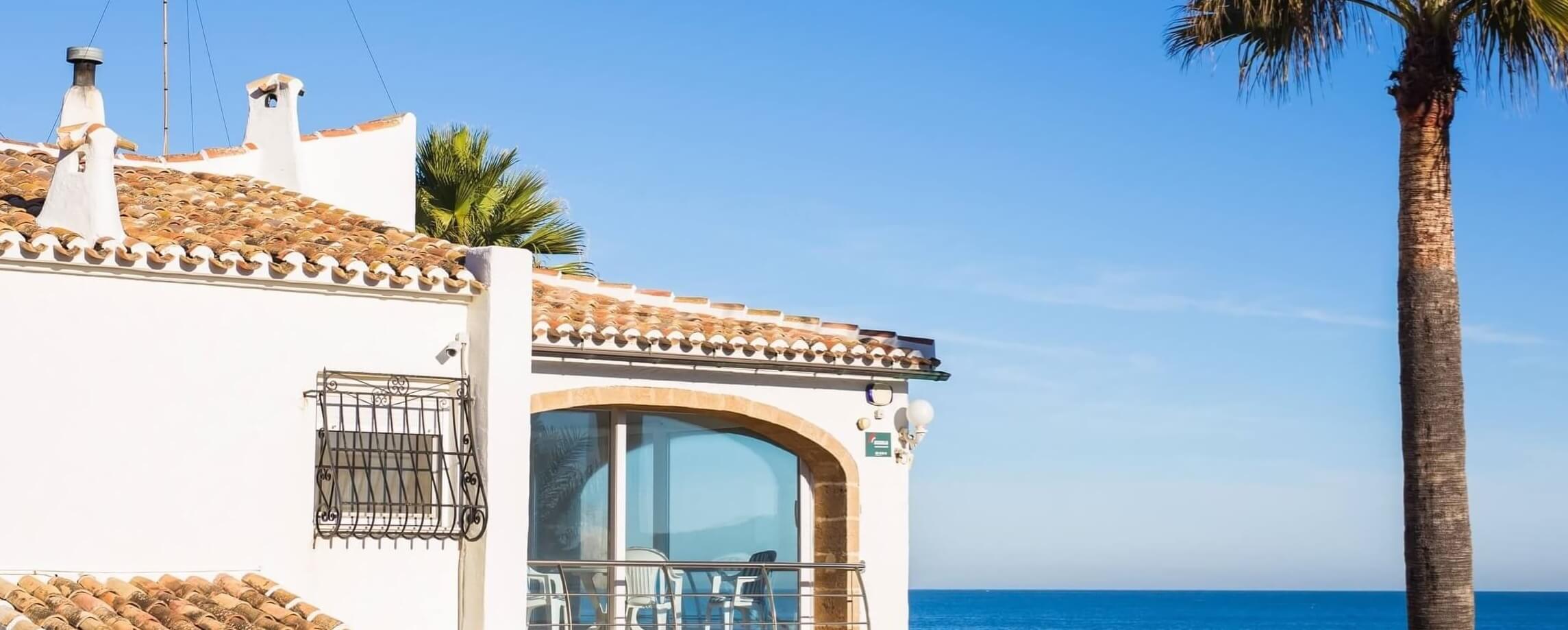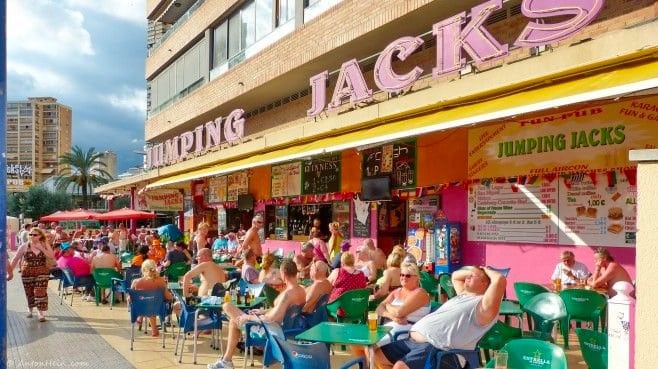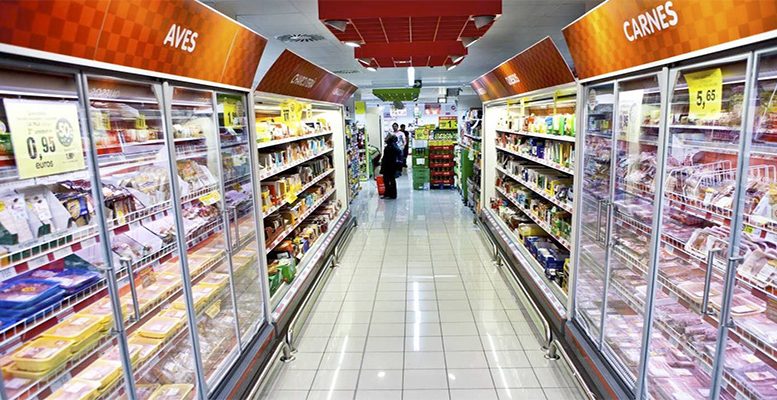Jávea, or Xàbia is one of the most charming resorts in mainland Spain.
Like many Spanish holiday towns, up until the 1950s and the arrival of foreign tourists, Jávea was a small fishing village located north of the Costa Blanca in the region of Marina Alta, Alicante. Jávea is very accessible from the UK and other European countries, as it lies approximately one hour’s drive from both Valencia and Alicante airports.
Today what most characterizes Jávea’s old town is its whitewashed townhouses decorated with traditional iron adornments and lintels carved into a porous golden earth called Tosca. At the centre of the old town is the ancient church of Sant Bartomeu which dates back to the 14th century. Close by you’ll also find the popular indoor market where you can buy fresh fish and local produce. Encircling the church square are quaint narrow streets with a variety of small artisan shops, restaurants, and tapas bars.
What to see in Jávea
Jávea boosts an interesting mix of beaches covering 20 kilometres of coastline from the Cova Tallá to the Cala de la Granadella.
When you think of Jávea, it is likely its busiest beach comes to mind: the Playa del Arenal. But Jávea has much more to offer along its 20 kilometres of coastline: from small beaches surrounded by pine trees very suitable for diving like that of Granadella, to concealed coves such as Portichol or La Sardinera.
One of the leading natural attractions the coast of Xabia offers is the exceptional vistas that can be seen from 15 viewing points scattered along the coast. Known locally as the “Route of the Miradors de Xabia”, they provide privileged views over the Mediterranean in which nature has formed a landscape that captivates the senses of the visitor. The viewpoints are sign-posted from the coastal road and in each of them there are information boards describing the history of the scenery. It is very easy to find them, and all can be reached by car. This is a perfect day out if you find yourself in Jávea without a plan for the day.
When visiting Jávea, a mandatory stop is The Montgó Natural Park. Jávea, and the neighbouring resorts of Denia and Moraira are dwarfed by the majestic Montgo Massif mountain. The Montgó is the most remarkable visual summit of the region and stands more than 750m high. Children especially enjoy the Montgó Park. Another fun way to explore Jávea with children is through the various family-friendly bike routes.
To get to know Xabia from a different perspective and discover the Cabo de San Antonio Marine Reserve, we recommend taking a boat trip around the bay. There are different options such as glass-bottomed boats, catamaran rides, or you can hire a sailing vessel. For the more adventurous we recommend renting a kayak and exploring Portitxol Island, or one of the many caves and coves only accessible by sea.
Eating Out
The gastronomy of Xabia is only comparable to its landscape: inviting, unique and enjoyable. Jávea links its gastronomy to its history and enjoys an intimate relationship with the sea. This is clearly demonstrated in the local cuisine through a richness of varieties of fish, seafood and “molluscs”, a prized dish consisting of sea urchins that are usually eaten with bread or rice. It is hard to resist the local cuisine of Xabia in delicacies such as the “cruet de peix”, the fried rice in any of its variants, the grilled octopus or the “suc roig”, a fish stew made with tomato, spicy red peppers and paprika.
Javea Promenade
The Port area of Jávea is located about 3.6km from the Playa de Arenal, passing several lively chiringutos, or beach bars that border the pebble beach between the Arenal and the Port. Jávea port continues as a busy working port with daily catches landing each evening. There’s also a small marina, where locals moor motorboats and yachts.
There are plenty of shops, bars and restaurants to visit by the pebbled La Grava beach as well as on the sandy Arenal Beach. The port has a relaxed atmosphere and is a favourite spot for locals as it is less busy than the Arenal during the summer. The wide promenade of Jávea comes to life in summer with stallholders selling locally crafted goods, jewellery and artisan clothing.
One thing that separates Jávea promenade from most Spanish resorts is the lack of high buildings. The townhall has succeeded in planning well and maintaining the ambience of a fishing village.
Neighbouring Areas
Bordering the town of Jávea are a number of sub districts and urbanisations. These are the preferred areas for those looking for detached housing, as they offer a wide choice of villas, along with some fincas. You’ll also find gated apartment complexes with large communal areas. These districts include Tosalet, Pinosol, Cala Blanca, Balcon Al Mar, Montgo, Rafalet, and Cumbre del Sol among others.
Jávea is neighboured by three towns, Denia, Moraira and Jalon Valley.
Denia is somewhat larger than Jávea and is located about 10km to the north. Like Jávea, Denia has a rich history including a castle dating back to the 12th century overlooking Denia Marina and the resort’s wide-open beaches. Denia is very popular with tourists from other parts of Spain and has a choice of fabulous seafood restaurants, bars and a lively nightlife.
From Denia you can take a ferry to Ibiza, a trip of around 2 hours 40 minutes.
If it’s amazing views and rural scenery you’re after, it is worth a trip to the Jalon Valley. This region is situated around 20km from Jávea and boosts some the most breathtaking views in the whole of Spain. The valley is renowned for its extensive mountains, and also famous for vast almond and orange groves.
The Jalon Valley villages of Alcalali, Lliber and Jalon are very popular among expats looking for a more tranquil way of life.
Moraira is located about 14km south of Jávea and like Jávea was once a peaceful fishing village. Moraira has 8km of coastline bordered with sizable mountains, vineyards, and orange groves which has led to it becoming a popular destination for expats and tourists.
As with Jávea, stringent town planning regulations and a lack of high-rise buildings means Moraira preserves much of its historical appeal.






